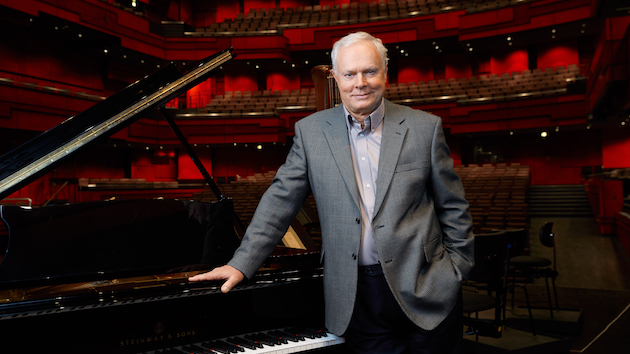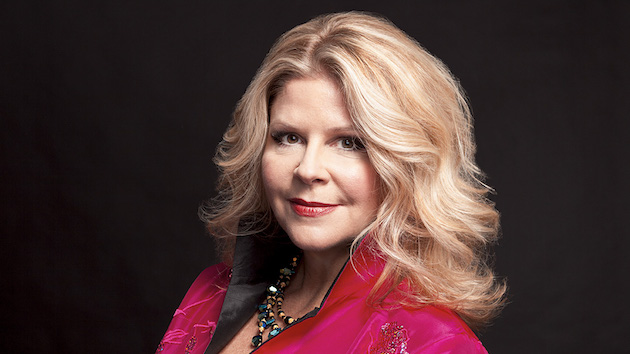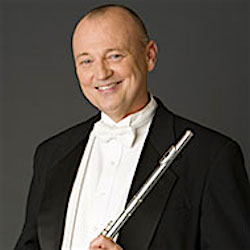
It was called French Greats, but this weekend’s program at the San Francisco Symphony began modestly.
At best, Ravel’s orchestration of two piano works by Debussy would never amount to more than the opening work of a concert. That would be enough — something has to kick off the evening — but on Friday, the movements felt inconsequential in a disappointing way. It was difficult to tell whether the orchestration itself or the performance was lacking. Yan Pascal Tortelier, who is the chief conductor of the Iceland Symphony Orchestra, was on the podium.

“Sarabande,” from Debussy’s Pour le Piano, is a lovely and moving work. On Friday, though, it felt square, almost perfunctory. Even more so was “Danse,” the lively work that evokes the tarantella (the movement’s original name was “Tarantelle styrienne”). Could the orchestration be the problem? Ravel is generally considered a master; Pictures at an Exhibition is compelling proof of his ability to augment an existing piano work. But the offbeats in “Danse” felt labored and sedate, opposite in effect from the original.
The orchestral writing of Ravel’s own Shéhérazade, on the other hand, is unequivocally sophisticated — even if the subject matter isn’t, particularly. The song cycle takes its material from the composer’s earlier attempts to write an opera based on the tale of Sinbad from Arabian Nights. It is simple exoticism colored beautifully.

Mezzo-soprano Susan Graham gave a wonderfully luxurious performance. Her delivery was rich and smooth, her acting nuanced and convincing (it went an especially long way in “Asia,” whose speaker outlines all the fanciful sights — big-bellied mandarins and curving scimitars — she’d like to behold).
The orchestral interlude in “Asia” was a highlight, as was Nadya Tichman’s violin solo. But issues with balance — the orchestra generally overpowering the voice — and, in “The Enchanted Flute,” some intonation problems in the winds (so uncharacteristic of S.F. Symphony) took away some of the luster of Graham’s performance.
The orchestra sounded much more like itself in Daphnis et Chloé. Tortelier, in fact, arranged this 40-minute concert version of Ravel’s pastoral ballet, which is based on a third-century Greek romance. These were the first S.F. Symphony performances.

Sinuous wind solos rode the shuddering tremolos in “Danse lente et mystérieuse des Nymphes,”which was expertly balanced. Energy and sheer volume achieved great heights in the raucous “Danse guerrière.” The strings’ tossed-off glissandi made a delightfully schmaltzy waltz out of “Danse suppliante de Chloé," and the clarinets and flutes (especially principal Tim Day) repeatedly outdid themselves. The rhapsodic moments were sweeping and powerful.
Yet the suite did begin to drag. Tortelier is demonstrative, but often, his movements didn’t seem to create significant musical character. The impression, then, became hazy — generally pleasant, but not remarkable.
After all, concert performances of Daphnis et Chloé offer ballet music without the ballet. And though this ballet score is undeniably great, it simply doesn’t have highlights in the same way that, say, Prokofiev’s Romeo and Juliet (which Michael Tilson Thomas has compiled into an unusually long but always exciting suite) does. The most commonly performed version of Daphnis runs about 18 minutes, an amount of music that leaves that audience wanting more. I’d like to give Tortelier’s version another chance — but not just yet.




